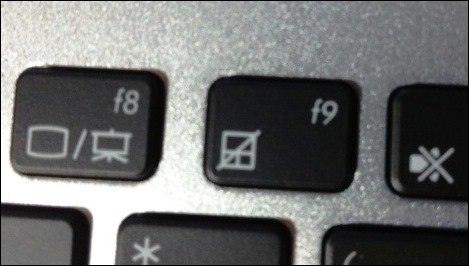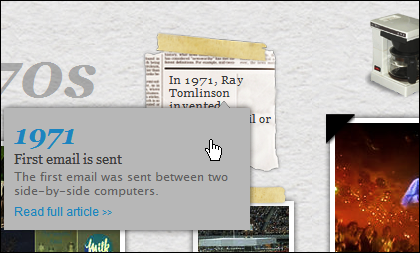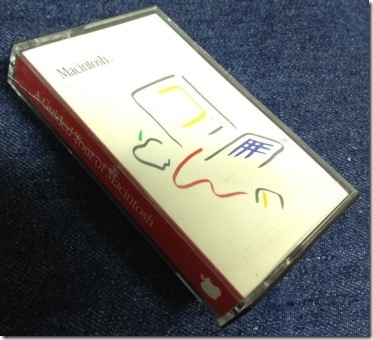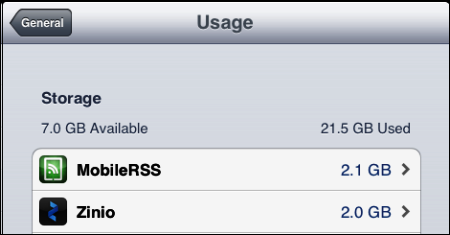Last week, I got a new laptop, with Windows 8 as the operating system. Every task is taking twice as long as usual, as I fumble about, trying to find things.
I like the laptop though, which is much faster and quieter than the old Dell laptop. I’ve gone back to a 17” screen, after a few years with a 15” screen.

Turn Off the Touchpad
I used to have trouble with the touchpad on the Dell, touching it accidentally, and having strange things happen. However, the problem is much more noticeable on the ASUS, with its gigantic touchpad.
In the middle of doing something, my thumb brushes it, and I end up on the Windows 8 start screen, or in some maximized window, with no obvious escape route.
So, I reluctantly opened the manual, and found a key combination that toggles the touchpad on and off.
Press the Fn key and tap the F9 key.
To help me remember the shortcut, they’ve even put an icon on the F9 key, which you can see in the picture below.

Do You Use the Touchpad?
I’ve only used a computer’s touchpad a few times in my life, and never voluntarily, only when a mouse wasn’t available.
Do you ever use the touchpad?
___________________









